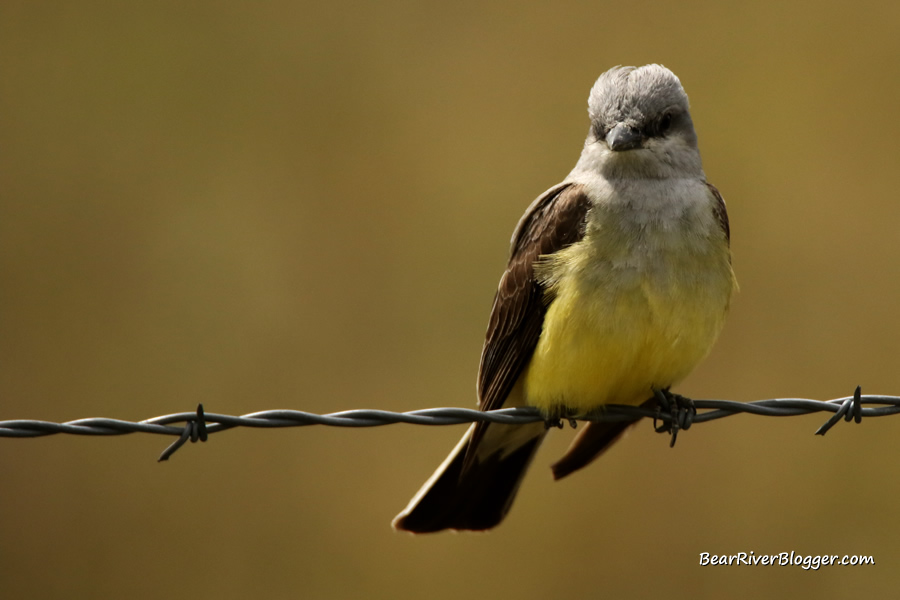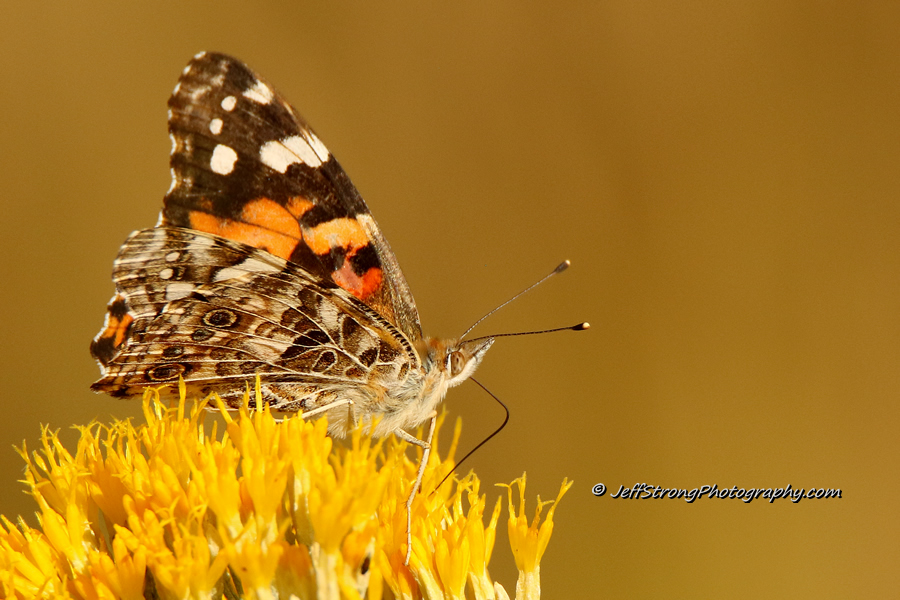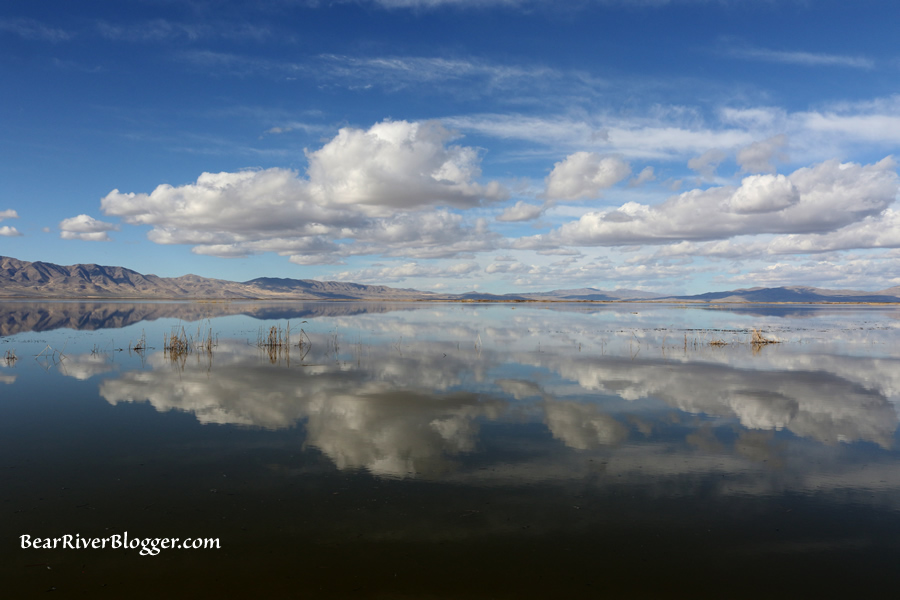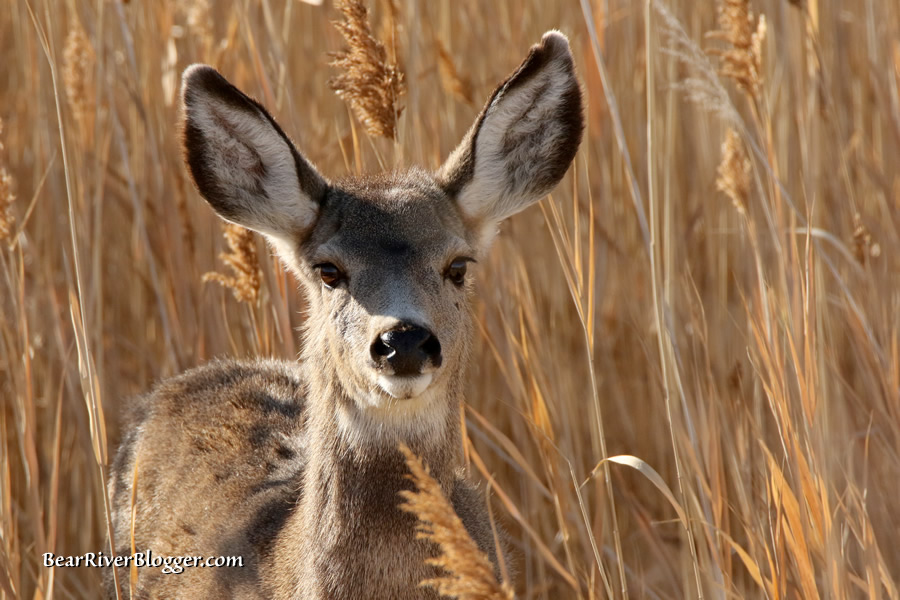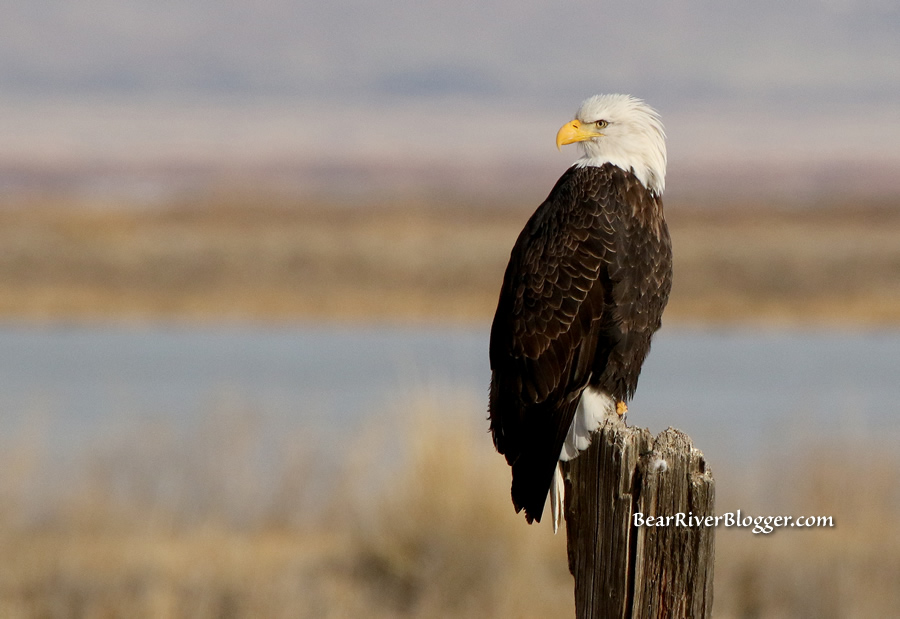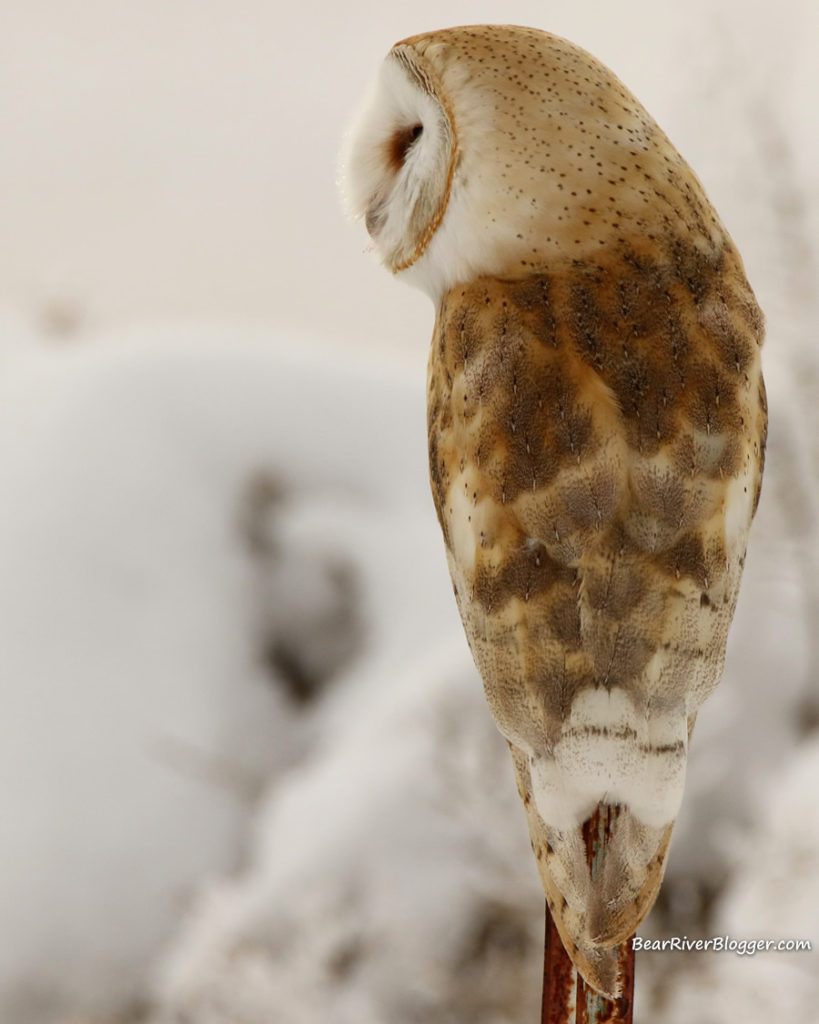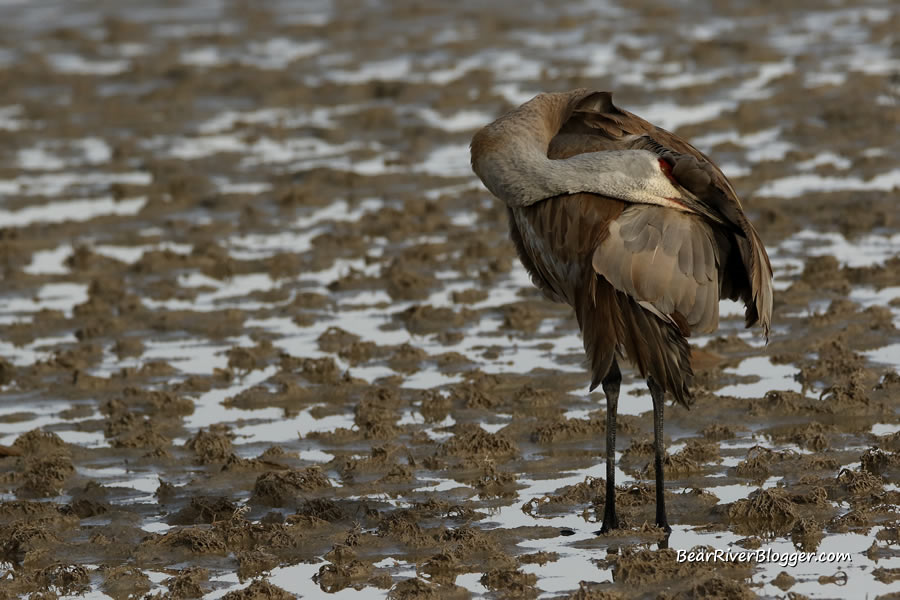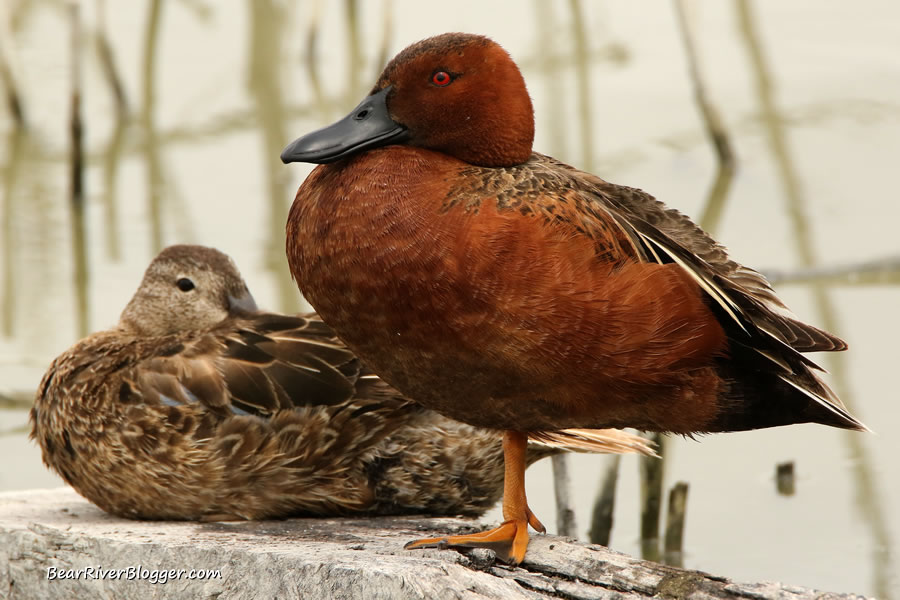If you are planning a trip in search of world-class birding, looking to add to your photography portfolio or just itching to get out and enjoy nature, the Bear River Migratory Bird Refuge auto tour route offers an unparalleled setting for bird watching enthusiasts, nature-buffs and outdoor photographers alike.

Admittedly, I have personally visited the refuge auto loop for all three of these reasons, sometimes all at the same time, too. I try and visit the refuge anywhere from 1-6 days a week and, even after countless hours on the refuge, I still find it exciting, especially when I observe or photograph something I have never seen before.
For example, I wrote an earlier post about an experience with an immature bald eagle hunting a small patch of open water from this past winter where I was lucky enough to not only observe but fortunate to photograph the young raptor in action.
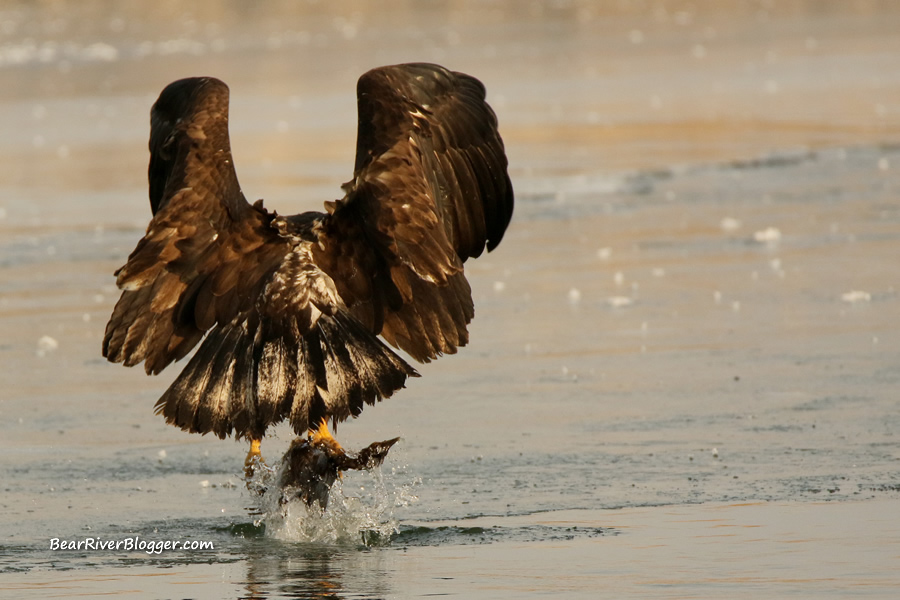
Hundreds of species of birds, a variety of butterflies and a host of other creatures call the auto tour route home. You can literally spend hours on the refuge and not see it all.
I have oftentimes driven the auto tour route a couple of times in succession and on each drive I always find something I didn’t see the first time around the route.
What Is The Auto Tour Route?
The auto tour route is a 12-mile self-guided gravel road that winds through part of the Bear River Migratory Bird Refuge wetland habitat. It offers you an up-close and personal view of the hundreds of migratory and resident bird species which call the Bear River Migratory Bird Refuge home.

The auto tour route is a one-way drive and has a speed limit of 25 mph but I have found driving that fast you will often miss much of the wildlife on the loop. It is a drive you want to slow down and savor while you search for birds along the way.
Keep your eyes on the vegetation and waterways near the road as often times birds can easily be found right alongside the route.
How Do I Get To The Auto Tour Route?
Getting to the auto tour loop is easy. I would first suggest you start at the Bear River Migratory Bird Refuge Wildlife Education Center, also referred to as the visitors center, during their open hours to get an idea of current road conditions. While there you can also check the bird board and see what kinds of birds are presently on the refuge auto tour route.
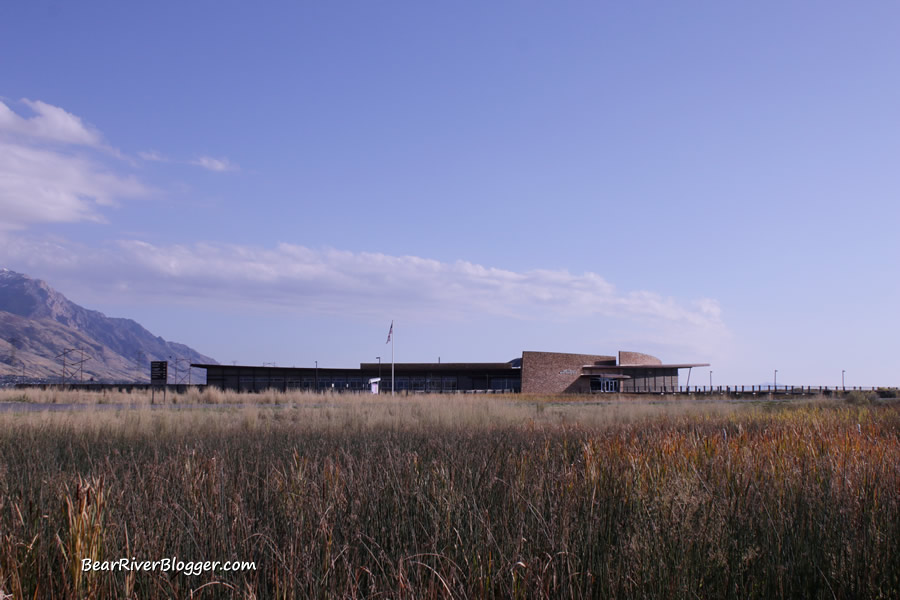
It is also a good idea to visit the education center first to see if there are any road conditions you need to be aware of since the auto tour is a gravel road. It is well maintained year-round but sometimes the weather and high traffic do cause the gravel road to get a bit rutted or potholed at times.
As a result, there are rare but needed road closures to ensure the public’s safety so check in with the refuge headquarters, either in person or online, before your trip.
The auto tour route is in a very remote area and cell phone coverage, from my own experience, is spotty at best so it is best to know before you go just to be safe.
To get to the auto tour route from the refuge visitors center, you travel west on Forest street for about 12 miles.
This paved road will take you to the beginning of the auto tour route but I always suggest spending some time on the drive down Forest street. There are often great birding opportunities on Forest street itself on the way down to the loop.
I have seen prairie falcons, bald eagles, long-billed curlews, a rare brown pelican, and even some migrating mountain bluebirds, as just a few examples, on some of my drives down Forest street so keep your eyes open. You just never know what you will see.
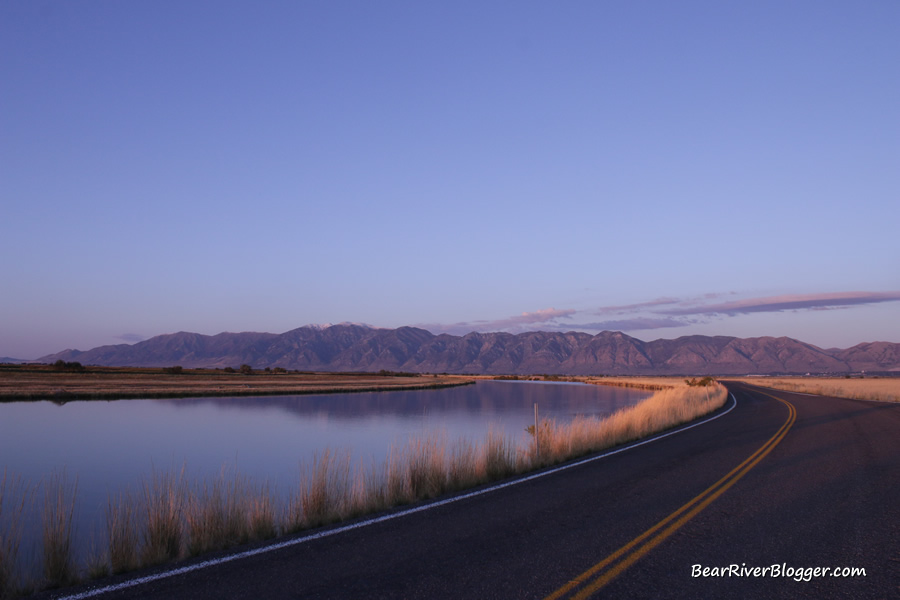
What May I See On The Auto Tour Route?
Depending upon the time of year, you will see some of the hundreds of species of birds that either live year-round on the refuge or are just passing through, stopping to rest and feed during spring or fall migration.

It is hard to predict exactly what you will see on your trip as much of the particular bird species currently on the refuge depends on the weather and time of year.
I will suggest, however, you stop at the visitors center or at one of the kiosks along the way to pick up a refuge bird list which details the hundreds of species of birds found on the refuge. This bird list will also give you a general idea of when certain bird species can commonly be observed on the refuge.
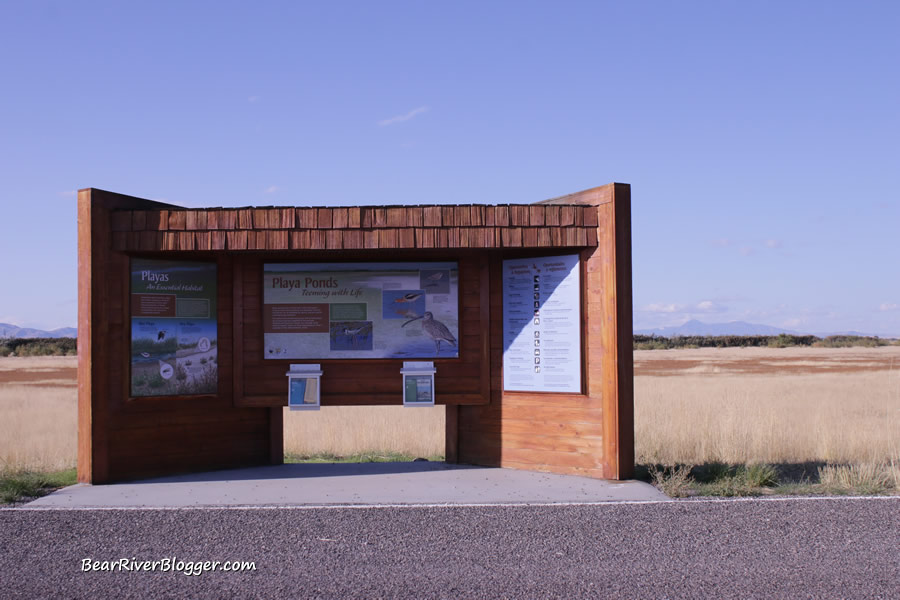
How Long Is The Auto Tour Route?
The auto tour route is a 12-mile self-guided gravel road. There are parking areas along the drive and the road is wide enough to pull to the side if you want to stop along the way to observe some birds.
Along the drive, you will also find a few information signs which talk about some of the birds and management practices on the refuge.
What Is The Best Time Of Day To Visit The Auto Tour Route?
I have visited the auto loop during all times of the day but I will say from my own experience mornings are the best time to visit. The reason for this is birds seem to be the most active in the mornings.
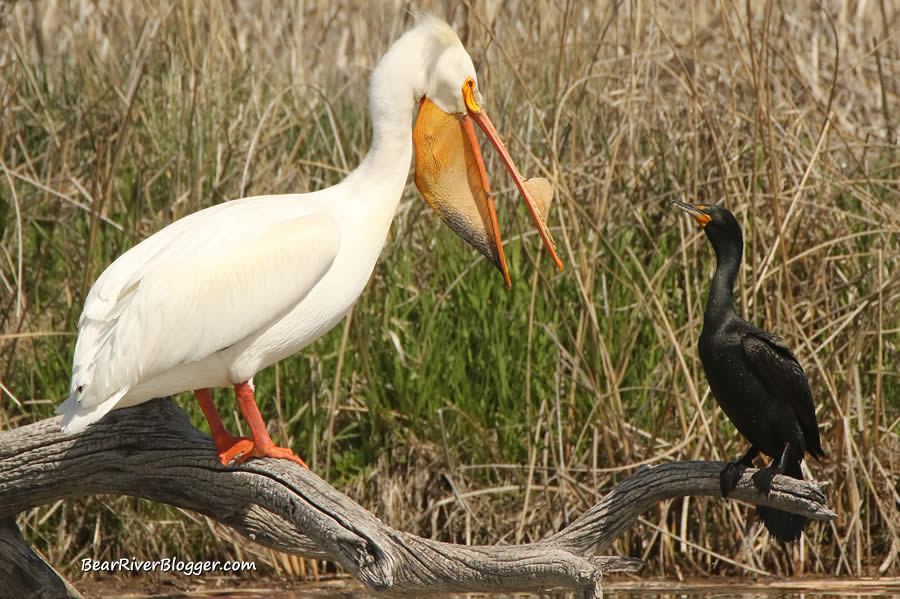
You will also find fewer bugs earlier in the day and quite often there will be less traffic on the road earlier in the day as well.
I have seen great sights at all times during the day but the mornings are when I seem to see the most action on a consistent basis.
Mornings and evenings are the best for photographers due to the angle of the sun, giving better light for photography, but evenings on the refuge during the summer, however, can be a bit thick with mosquitos so be prepared and have repellent with you just in case.
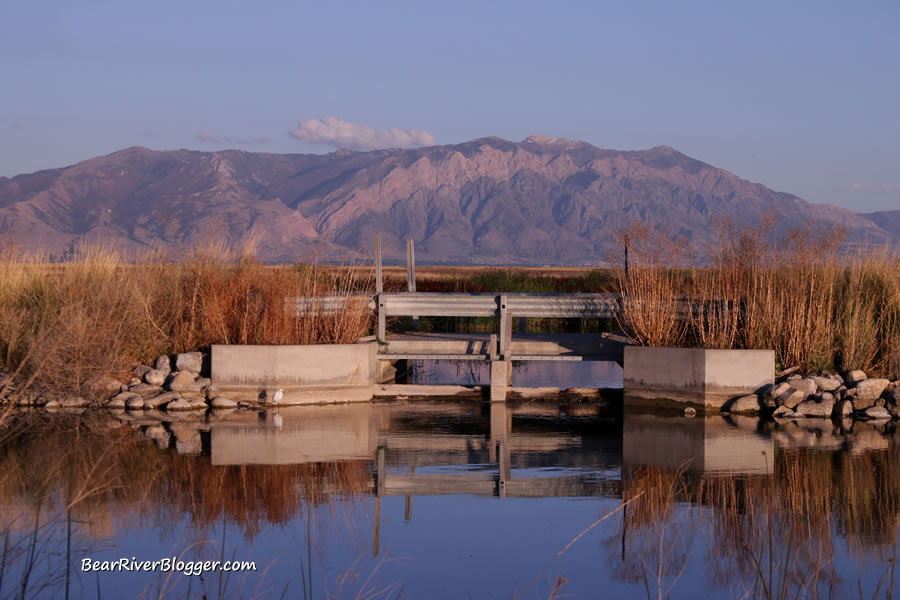
What Is The Best Time Of Year To Visit The Refuge Auto Tour Route?
I will confess I do have a favorite time of year to visit the refuge auto tour route and that is during spring migration. There are many reasons for this but don’t let my bias sway you, however. Each season of the year on the refuge offers something new and exciting to see.
If you are wondering why I like spring the best it is because of the migrating tundra swans. They are quite an amazing spectacle to see and photograph. Even though the swans do come through the refuge during November, the best time to view them is during spring migration.
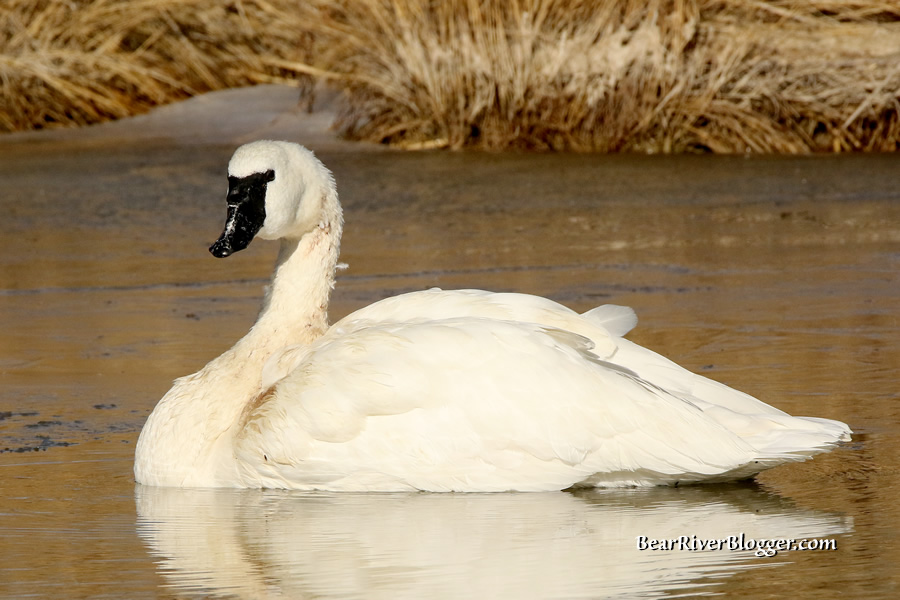
During fall, the tundra swans are hunted on the refuge so they are a bit harder to observe as most of them keep to the closed areas of the refuge, usually way out of range for the casual observer. But during spring migration, you can almost always view and photograph these beautiful birds easily along the auto tour route as the ice melts and pockets of open water become available.
Spring and fall migration are constantly bringing new birds to the refuge. Each day is an opportunity to find new bird species you may not have seen yet, possibly adding to your yearly or life birding lists.
Summer offers an opportunity to view and photograph newly emerged chicks and mating rituals for a variety of species of birds. It is also a great opportunity to see and photograph some of the interesting butterflies and insects found on the refuge.
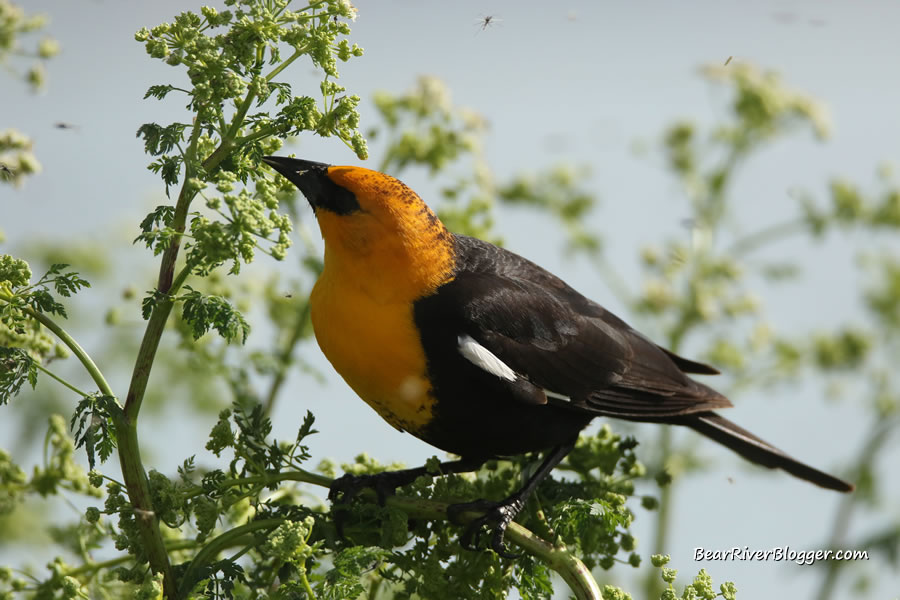
I oftentimes find myself going out to the auto tour route just to photograph the butterflies and the insects found in the roadside vegetation.

The dead of winter is my second favorite time of year on the refuge. It offers birders a unique opportunity to view birds not seen during any other part of the year for our area.
An example of this is the rough-legged hawk. This mid-sized raptor migrates down from the arctic tundra to winter on the refuge. They are only visible during the coldest parts of the year, typically December through February, as a general rule of thumb.
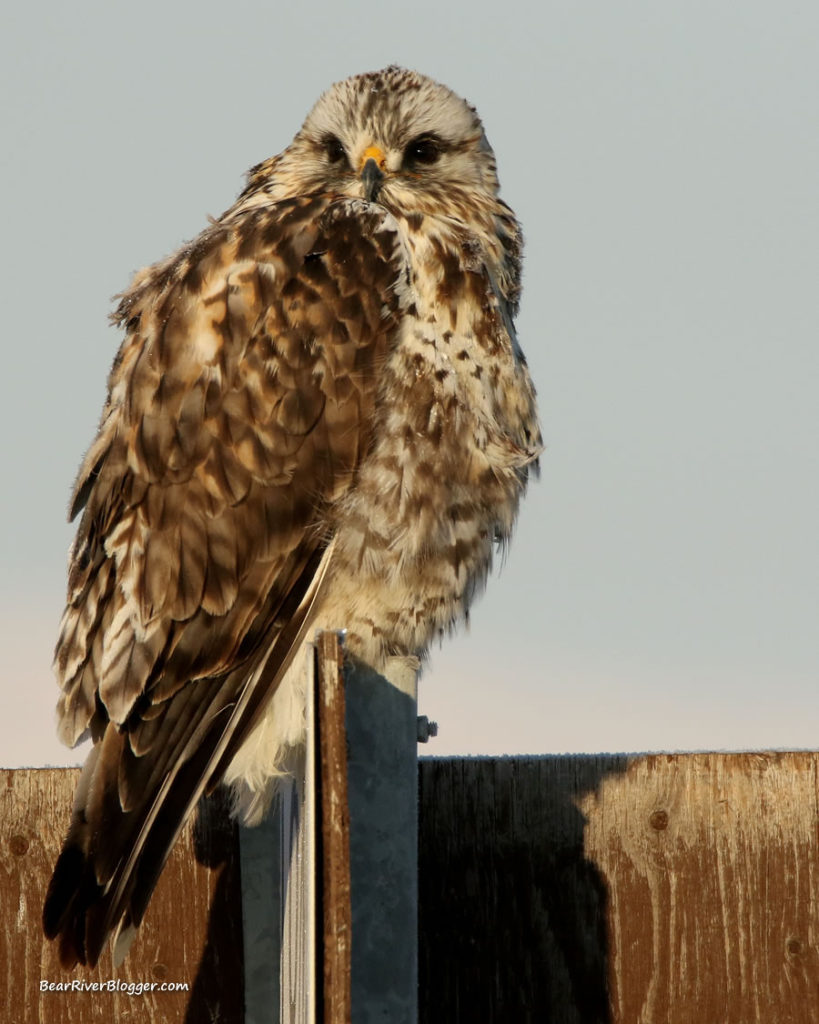
These birds are a great reason to visit the refuge when most other bird watchers have given up for the year or focus more on their backyard feeders.
It might be cold and snowy but the dead of winter offers a bit of solitude for nature enthusiasts such as myself. Crowds are very small and the interactions with nature are much more personal and unique.
You get to see and experience things not possible during the rest of the year due to the extreme weather conditions and lack of crowds this time of year.
Are There Restrooms On The Route?
There are restrooms on the auto route at the beginning of the loop by the maintenance shed parking lot. They are primitive as there is no culinary water on the refuge but they can be found in the main paved parking lot at the beginning of the auto tour route. There are no restrooms found on the gravel road portion of the auto tour route, however.
What Hours Is The Auto Loop Open?
The auto loop is currently open 365 days per year from sunrise to sunset. There is a self-closing gate at the entrance.
It is rare the auto tour route is closed to the public but I always suggest getting in touch with the refuge staff to see if there is any reason the loop will be closed during a planned trip.
Weather and the occasionally managed habitat burns are the only reasons I have seen the route closed and although it is a rare occurrence it does happen when these conditions arise so check in with the refuge visitors center ahead of time to plan any trip to the refuge auto tour route.
Conclusion
Visiting the Bear River Migratory Bird Refuge Auto Tour Route is a great place to go bird watching and to get out and enjoy nature. If you are an avid outdoor photographer, such as myself, you may also find it is a gold mine for birds and butterflies to photograph.
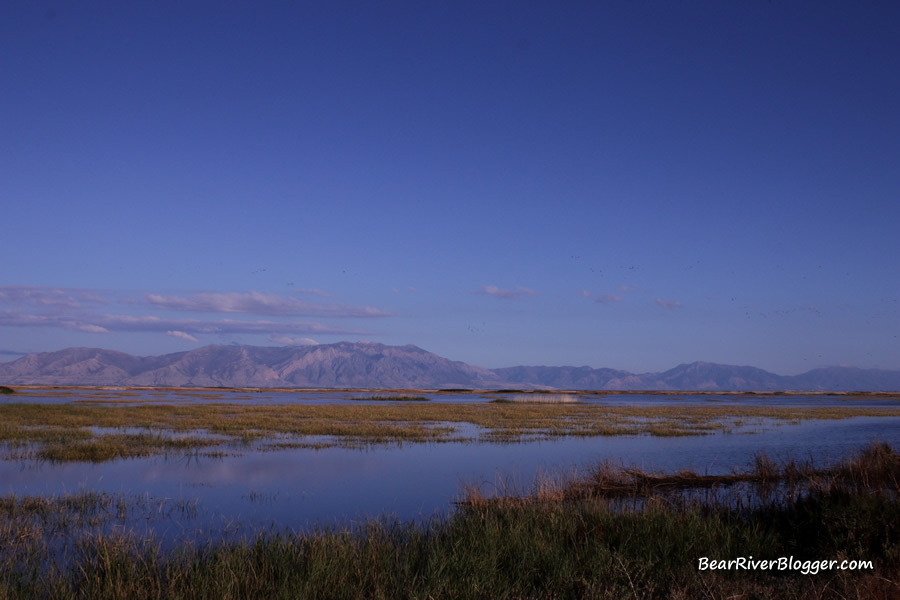
Serious birders can find numerous bird species to add to their yearly or life lists and the casual bird watcher can come and enjoy birds just being birds.
It is most definitely my favorite place to get out and enjoy nature, regardless if I have a pair of binoculars, a camera or just a taste for a bit of solitude from the hectic fast-paced world we live in.
Feel free to share this blog on your favorite social media outlet. You can also sign up for new blog post notifications via email in the footer section below or on our subscribe page.
Photographs From The Bear River Migratory Bird Refuge Auto Tour Route

